Solidago nemoralis
A less common goldenrod with small leaflets in the axils and a plume-like inflorescence on one side of the stem
Solidago nemoralis gray goldenrod
This relatively small native perennial species of goldenrod is fairly common, but not the easiest to identify. Its name is based on the grey color of the main stem, but I have found this to vary from grey-green to a reddish-brown. The easiest feature to notice is the tiny leaflets in the axils where the alternate leaves join the stem. Sometimes these are just a single pair of leaflets, but also can be several. The gray-green leaves are feather-veined rather than parallel.
Both the stem and the leaves are covered with small but dense fine hairs that give them a rough feel. The teeth on the basal leaves, when present, are sometimes blunt and sometimes sharp-edged. The larger leaves are lance-shaped and taper towards the base into a winged petiole. The upper leaves are smaller and more oval. The yellow composite flower heads are arranged on a one-sided plume. The size and shape of the plume seem to vary from plant to plant. There 5-9 ray florets on each small (1/4 inch or less) flower head. Seeds have tufts of hair for wind distribution.
This species grows ½ to 3 feet tall in dry or sandy soil of old pastures, dry open woods and waste areas. It is found throughout eastern and central North America from southern Canada southwards. The blooming period is July to November.
Habitat & Range
Grows in fields, woods, and along roadsides.
Present throughout the state.
Range: Eastern and central North America from southern Canada southwards.
Wetland code: Not classified
Phenology
Flowers July to October.
Plant Codes
S-rank: No rank
G-rank: G5 (Secure)

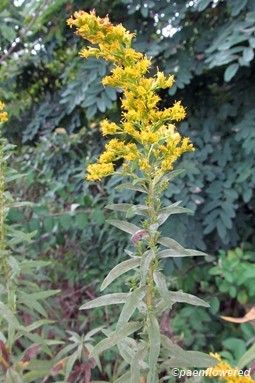
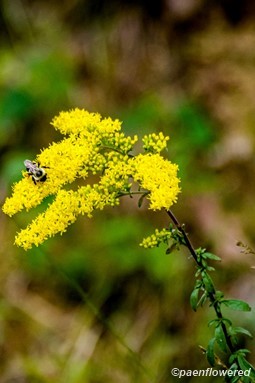
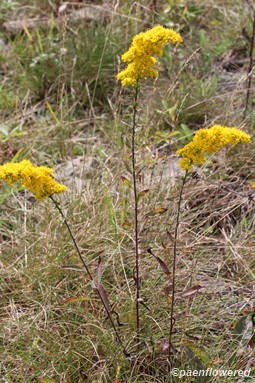
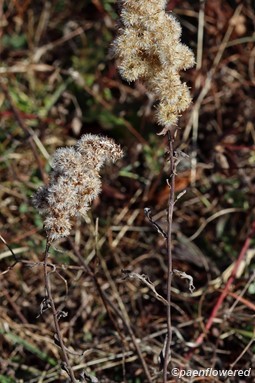
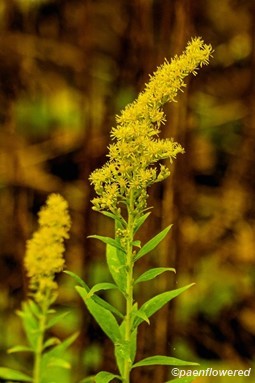











Comments
Have you spotted this plant in your area? We'd love to hear about your experience! Share your comments or questions about the plant below. Comments are moderated before posting.